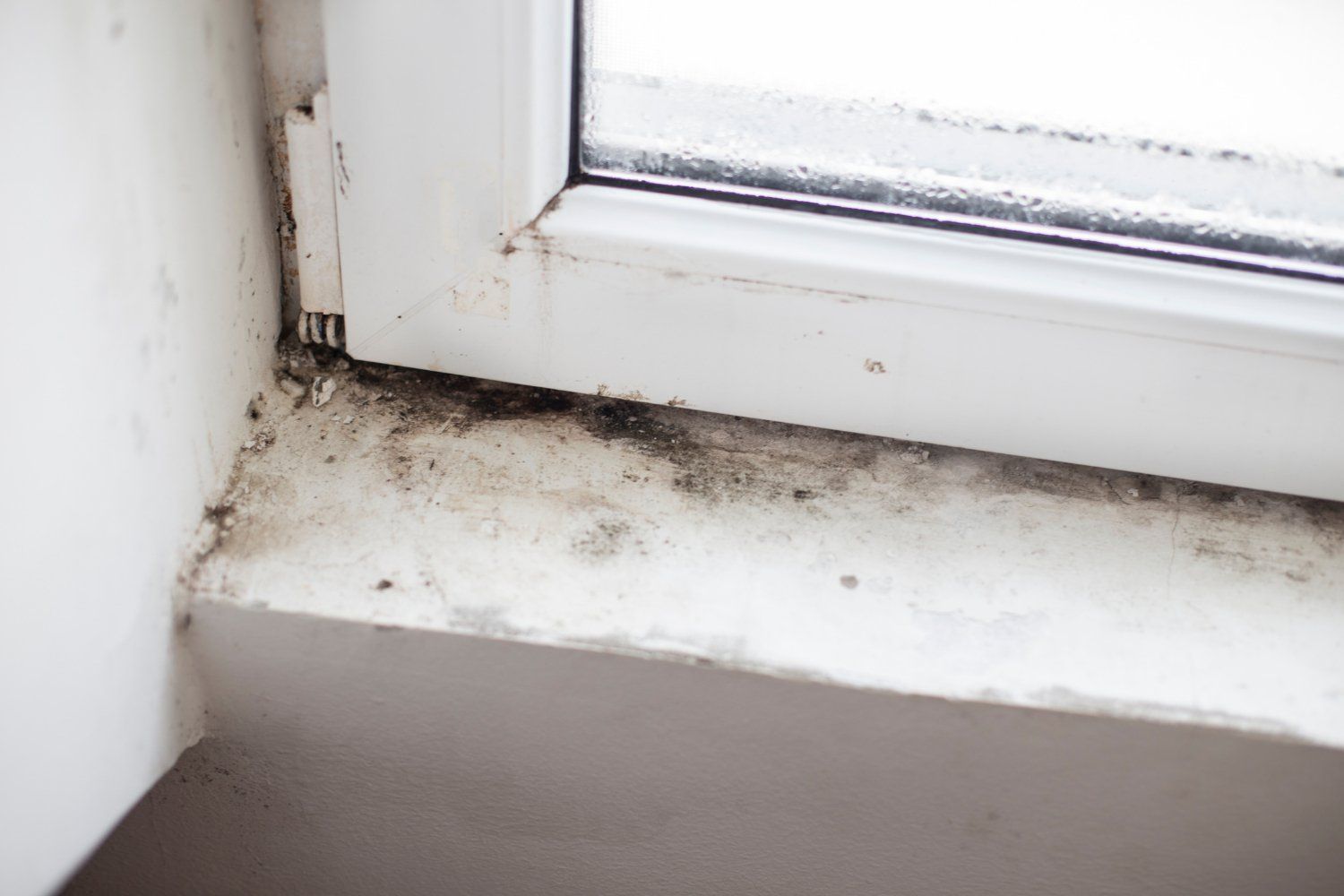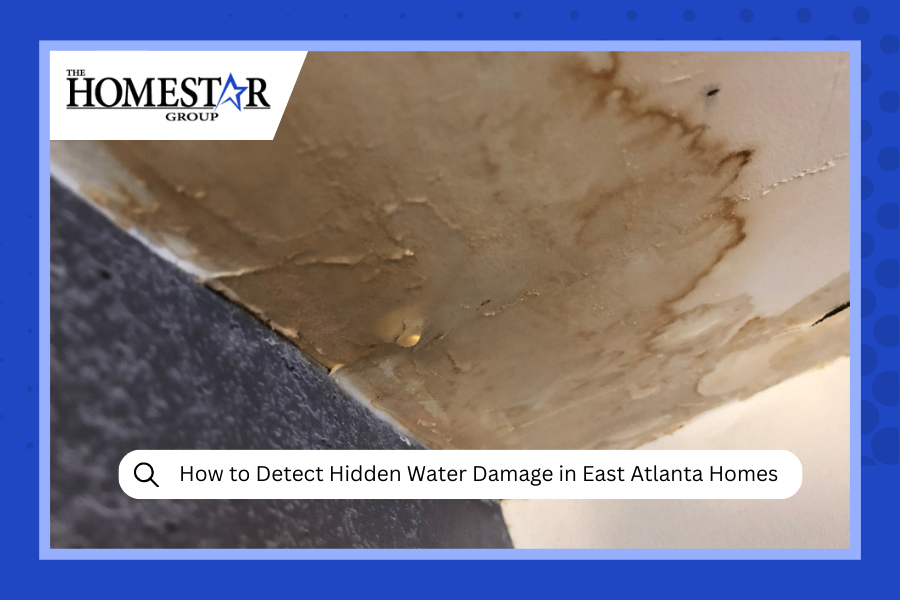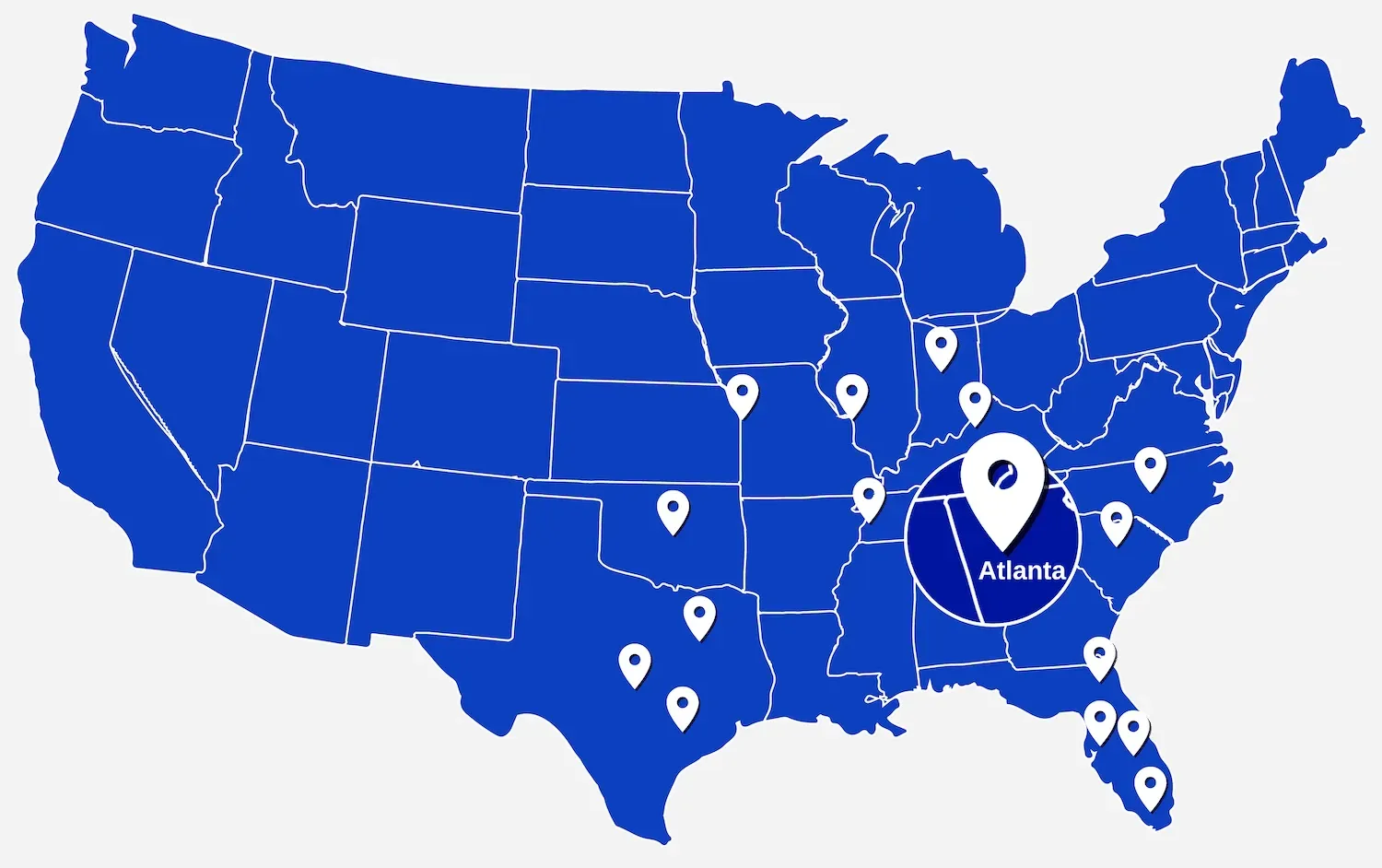
Types Of Mold In Your Home
Did you know that there are many types of mold? True, they are all hazardous, but to different degrees. Molds come in a variety of types, and some are more dangerous than others. By identifying which mold type are harmful to your health, you can begin minimizing your exposure. If you need a professional Atlanta mold remediation company, The Homestar Group offers a wide range of mold removal and remediation services for homes and commercial properties.
One of the reasons so many people are perplexed by mold is because it affects each individual differently. Certain individuals are inherently allergic to mold, while others have no symptoms upon contact. Additionally, the health consequences of mold exposure manifest themselves in a variety of ways. Certain types are moderate, while others are severe and poisonous. As a result, we classified the molds into 2 groups:
Types Of Mold And Their Health Consequences
- Allergenic Molds: These molds have an adverse effect on individuals who suffer from specific allergies or asthma. When allergic individuals are exposed to mold, they have a hypersensitive reaction in which an abnormally large number of mast cells are activated, resulting in a severe inflammatory response in the respiratory system. Around 20% – 30% of the population is sensitive to mold and/or other allergens, which may result in allergic rhinitis. The vast majority of individuals who do not have allergies are unaffected by allergenic molds in small quantities.
- Toxic Molds: These types of mold generate mycotoxins, which are very toxic to humans. Unlike allergic and pathogenic molds, toxic molds cause damage to other living organisms on purpose, rather than as a secondary consequence. Mycotoxins are some of the most lethal substances on the earth. They may be found on both mold and mold spores. Mycotoxins may be acquired via eating, cutaneous exposure (skin contact), or inhalation. This may result in acute discomfort or possibly chronic disease, depending on the person.
- Pathogenic Molds: These molds have the potential to cause certain illnesses or disorders. The majority of healthy people with functioning immune systems are capable of fighting off infections on a regular basis. Pathogenic molds, on the other hand, are harmful to individuals with impaired or weaker immune systems, which is why they are classified as an opportunistic pathogen. Infants, the elderly, and those with weakened immune systems are most often affected by pathogenic molds.
Read About - Mold Prevention Tips
Types Of Mold By Its Color
- White Mold: White mold is a term that refers to mold species that are white in color. They thrive in locations of houses that have been flooded. Aspergillus, Penicillium, and Cladosporium are a few examples. These types of mold are typically white in color due to their unpigmented spores. In most cases, the absence of spore pigmentation is due to the kind of material or surface on which the spore grows. White molds are often powdery in appearance and may be difficult to detect due to their ability to blend in with the substrate on which they develop.
- Green mold: There are hundreds of kinds of green mold, the majority of which pose serious health concerns. Molds that create a green color include Aspergillus, Cladosporium, and Penicillium. Their color is often determined by the materials on which they develop and feed, the temperature, or the area in which they exist. Green molds generate mycotoxins and are thus considered to be a medical problem. As with other kinds of molds, they cause watery eyes, itchy skin, sneezing, and coughing.
- Black Mold: The phrase "black mold" refers to any mold species that is dark-green, gray, or black in color. They thrive in damp, warm conditions such as those found in kitchens, basements, showers, toilets, and bathtubs. The majority of black molds produce toxins that trigger allergic effects in humans, including itchy eyes, itchy skin, stuffy nose, wheezing, and coughing. Headaches, fatigue, fever, and trouble breathing are more serious symptoms.
Conclusion
Regardless of the types of mold you're dealing with, it's important to get rid of it as quickly as possible, even if no one has been sick. Additionally, if you have mold, you almost certainly have a moisture issue, which will ultimately lead to additional mold development.
Protect yourself and your family against exposure to these types of mold. If you think mold is present in the area where you live and breathe, contact a professional mold remediation company like The Homestar Group immediately to have it examined and removed.
Read About - Average Cost of Mold Remediation
A Mold Remediation Company Serving Atlanta
Contact The Homestar Group at (678) 928-5377 today for 24 hour mold remediation, fire damage restoration, or water damage repair along with any of our other services or get an instant quote from our website. Our mold remediation professionals will arrive at your Atlanta home, assess the types of mold present, and assist you in removing them in 30 to 60 minutes.




